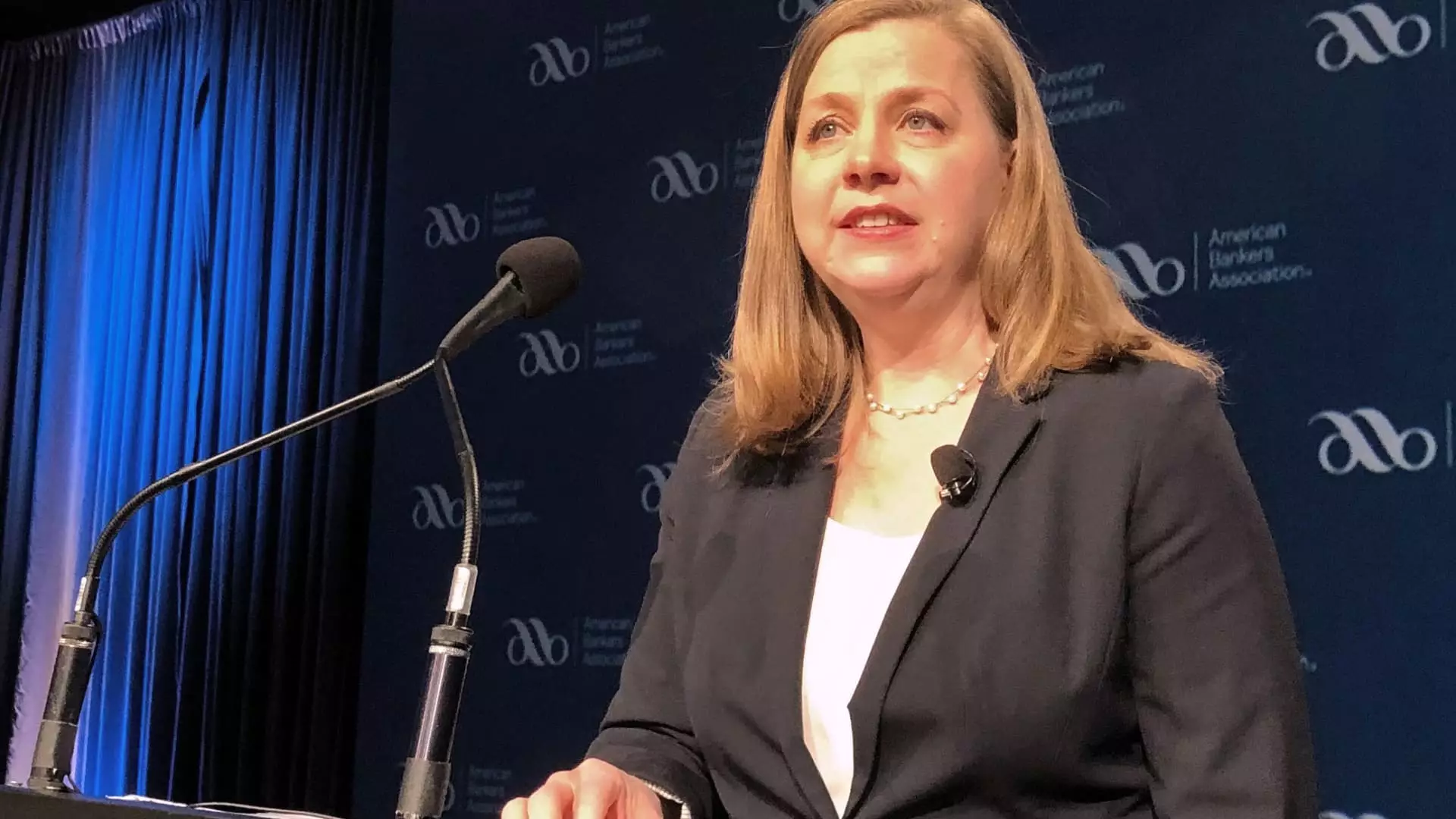In recent comments made by Federal Reserve Governor Michelle Bowman, a cautious but optimistic outlook on monetary policy was presented. Without a doubt, her assertion that the current monetary policy is “in a good place” reflects the Fed’s commitment to a careful approach regarding interest rates. Bowman’s desire for ongoing data demonstrating progress in inflation reduction is essential for making any future adjustments to interest rates. This meticulous stance indicates not just an awareness of the ever-changing economic landscape but also a reluctance to act prematurely.
Bowman’s commentary highlights one significant hurdle facing the Fed: the rising core goods price inflation that has persisted since last spring. While inflation appears to be on a decelerating trend, her belief that this disinflationary process “may take longer than we would hope” showcases her acknowledgment of the complexities in navigating inflationary pressures. This caution is prudent, as premature rate cuts could inadvertently destabilize an already delicate economic recovery. By opting for patience, the Federal Reserve allows itself the time needed to analyze trends rather than react impulsively to short-term fluctuations.
The recent consumer price index data, which showed a month-over-month increase of 0.5% against expectations of a mere 0.3%, underscores the unpredictability of inflation. This figure propels the annual inflation rate to 3%, slightly above the anticipated 2.9%. Such surprises in economic data serve as a reinforcement of Bowman’s viewpoint; they suggest that inflationary pressures remain resilient despite the Fed’s ongoing efforts to curtail them. By maintaining the target interest rate range of 4.25% to 4.5%, the Federal Reserve can afford to carefully monitor these economic indicators.
Further adding to the complexity of the situation are external factors, most notably, President Donald Trump’s tariffs against the U.S.’s primary trading partners. These tariffs have aroused concerns among economists regarding potential price increases that may counteract the intended effects of monetary policy. Increasing tariffs contribute to consumer prices, suggesting that inflation may persist independently of domestic monetary policy measures. Such complications emphasize the need for the Federal Reserve to remain vigilant, balancing domestic conditions against international economic pressures.
As the Federal Reserve continues to evaluate its strategy concerning interest rate adjustments, Bowman’s insights suggest a careful and nuanced approach is favored. The anticipation of continued inflation data is crucial as it influences the timing and extent of potential interest rate cuts. The expectation that these cuts may not be fully realized until 2025 reflects a broader understanding of the time required for meaningful economic change. In this context, the Federal Reserve’s methodical approach will likely become instrumental in supporting sustainable economic growth while ensuring price stability.
The Federal Reserve, as articulated by Governor Michelle Bowman, embodies a strategy characterized by patience and vigilance. The interplay between data-driven decisions and broader economic factors underscores the complexity of managing inflation in today’s economic climate.

